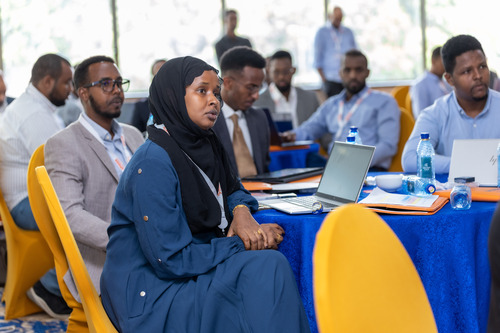Global Goods

Leveraging Global Goods for Sustainable Digital Health
Sustainability has been a guiding principle for the HADDA programme from the outset. One of the most strategic decisions in the programme’s design was to build RAAD, the electronic health record (EHR) system, by customising Bahmni—a globally recognised digital health global good. Global goods, such as Bahmni and DHIS2, are open-source, widely used, and continually supported by vibrant international communities. These platforms are specifically designed for low-resource settings and benefit from years of global experience and iterative development. By leveraging Bahmni, HADDA was able to accelerate development, ensure cost-efficiency, and build on proven functionality, rather than starting from scratch.
This approach supports long-term sustainability in several ways: Local adaptability, Cost efficiency, Community support and Future-proofing. The decision to use a global good has positioned RAAD as more than a project deliverable—it is now a scalable and nationally endorsed platform that other partners and regions can build on, ensuring continuity and avoiding fragmentation in the digital health space.
People-Centered Technology: The Key to Lasting Impact
While the underlying technology matters, how people interact with it is just as important. HADDA has prioritized people-centered design from the very beginning, recognizing that successful digital transformation hinges on the experience and needs of its end users. RAAD was developed not just for health workers and public institutions—but with them. Feedback loops were built into every phase of the project, from early pilot testing to ongoing refinements based on real-world use. This approach ensured that the system was intuitive, relevant, and responsive to those who rely on it daily.
Why this matters: Improved adoption, Reduced resistance to change, Better data quality, Human capacity development. By placing people at the center of technology, HADDA has gone beyond simply “deploying an EHR.” It has nurtured a digital culture within the health system—one where trust, usability, and purpose drive engagement and long-term success.

